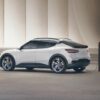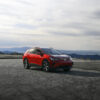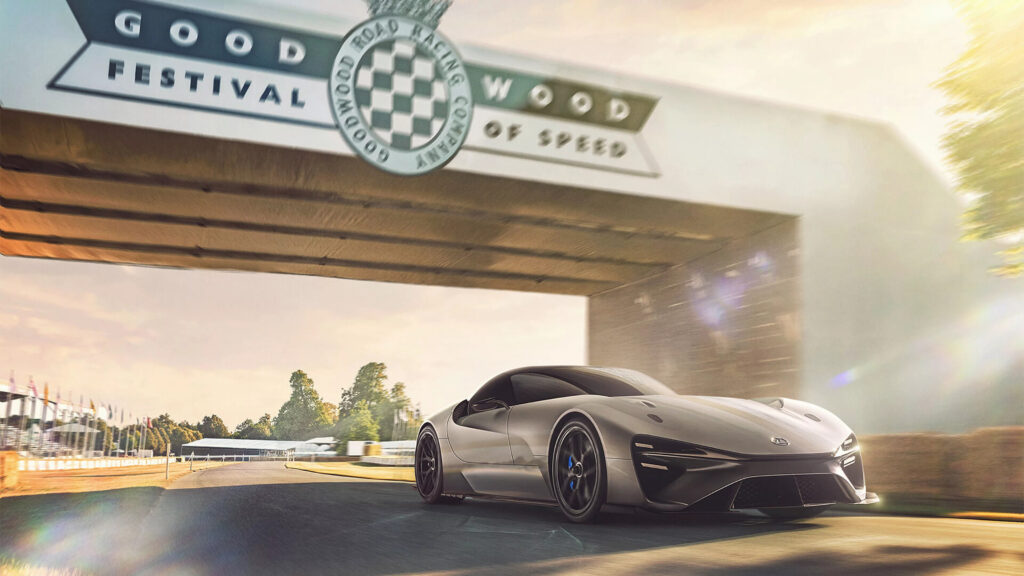
Looking beyond 2030, electric vehicles are set to dominate the global automotive market. By the mid-2040s, over 70% of passenger vehicle sales are projected to be electric, with leading markets like the U.S., Europe, and China driving the shift. Developing regions like India and Brazil will also see rapid growth as the cost of EVs decreases and charging infrastructure expands into both urban and rural areas.
The rise of electric two- and three-wheelers in countries where scooters and motorcycles dominate transportation will be a significant contributor to this transition, as affordable electric alternatives become available to a broader consumer base.
Battery Technology Breakthroughs: Beyond Lithium-Ion
The development of solid-state batteries is expected to be a game-changer in the EV market. With a projected 70% higher energy density, these batteries will offer longer ranges, faster charging times, and improved safety.
By the late 2020s, solid-state batteries could allow electric vehicles to travel up to 750 miles on a single charge, drastically reducing range anxiety.
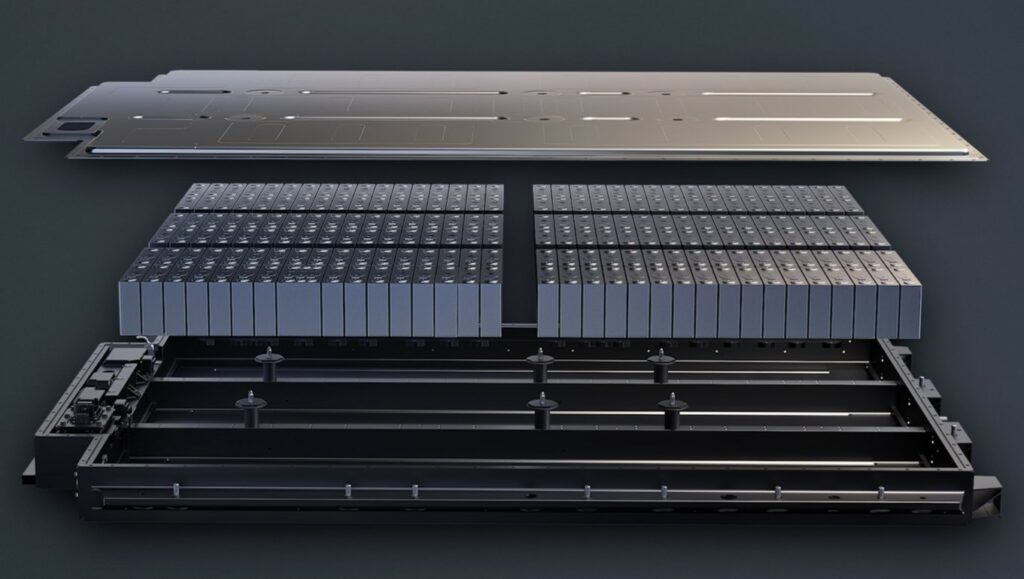
Sodium-ion batteries are also emerging as a lower-cost alternative to lithium-ion, though they currently offer less energy density. Ongoing research is expected to close this performance gap, making sodium-ion batteries ideal for entry-level EVs in cost-sensitive markets.
Lithium-iron-phosphate (LFP) batteries, which avoid the use of cobalt, are gaining popularity, especially in China, due to their lower production costs and environmental benefits.
Wireless and Ultra-Fast Charging: Infrastructure Innovations
By 2040, ultra-fast charging stations, capable of recharging an EV in under 10 minutes, will become standard, making long-distance EV travel as convenient as gasoline vehicles. Wireless charging technology is also expected to become more common, allowing drivers to charge their cars without plugging in.
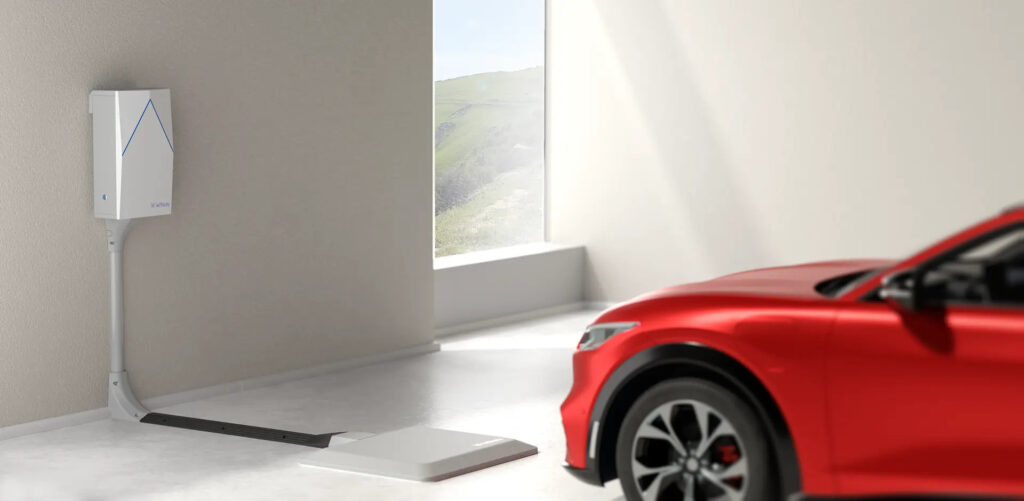
Future advancements may even lead to dynamic charging—vehicles charging while driving on specially equipped roads—eliminating the need to stop for a charge altogether.
In addition, vehicle-to-grid (V2G) technology will enable electric vehicles to not only draw power from the grid but also return it during peak demand, helping stabilize electricity grids while allowing EV owners to earn income from their vehicles.
Autonomous and Commercial Electric Vehicles
Beyond personal vehicles, electric transportation will revolutionize commercial fleets and public transport. By the 2040s, companies like Amazon, FedEx, and UPS will likely operate fully electric delivery fleets, driven by cost savings and sustainability goals.
Meanwhile, electric trucks will take over long-haul transportation, supported by fast-charging infrastructure along highways.

The rise of autonomous electric vehicles (AEVs) will further reshape urban mobility. Self-driving electric taxis, buses, and delivery vehicles will become common in major cities, reducing congestion and emissions.
Companies like Waymo, Cruise, and Tesla are already pioneering autonomous EV technology, and by 2040, robotaxis will likely dominate urban transportation.
Sustainability and Supply Chain Challenges
As the demand for electric vehicles grows, the need for sustainable battery production and recycling will become more urgent. To address this, automakers are investing in recycling technologies to recover valuable materials from old EV batteries, creating a closed-loop supply chain.

Second-life applications for used EV batteries will also grow, with these batteries being repurposed for stationary energy storage in homes, businesses, and power grids.
Energy Demand and the Role of Renewables
The mass adoption of EVs will place greater demands on electricity grids, requiring significant upgrades to ensure reliability. Governments and utilities will need to ramp up investments in renewable energy to ensure that electric vehicles are powered by clean energy sources like solar, wind, and hydropower.
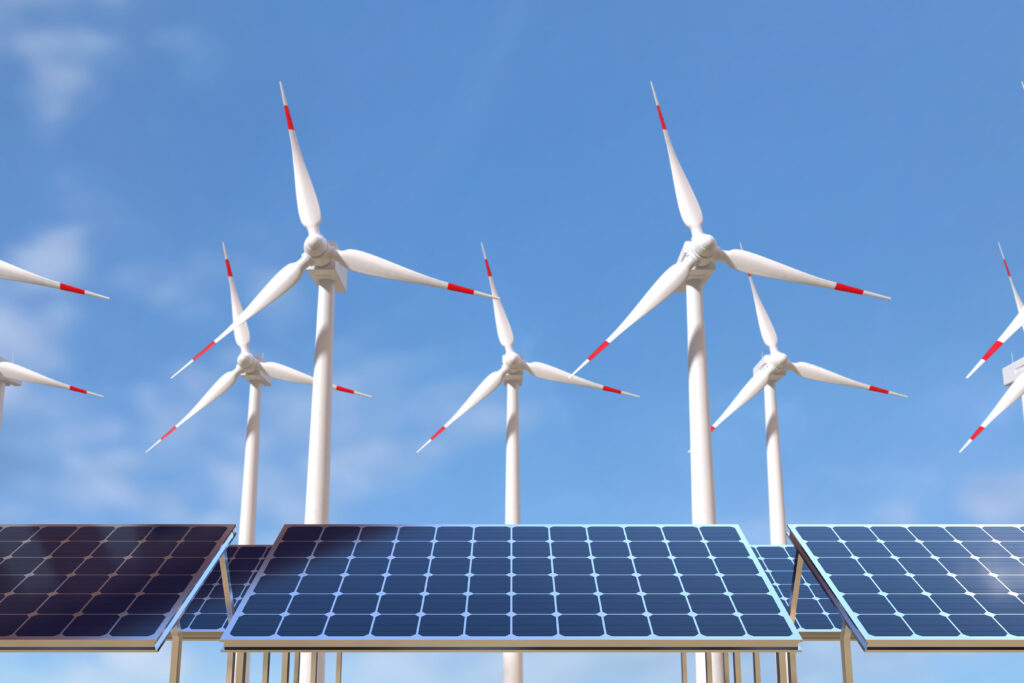
Smart charging systems will allow EVs to charge during off-peak hours, further easing strain on the grid, while microgrids will provide off-grid charging solutions in remote areas.
Global Policy and the End of Internal Combustion Engines
Government policies will play a critical role in the transition to electric vehicles. The European Union plans to ban the sale of new gasoline and diesel cars by 2035, while other regions, including California, have set similar targets.
China is expected to solidify its position as the global leader in EV production, with domestic automakers like BYD and NIO leading the charge.
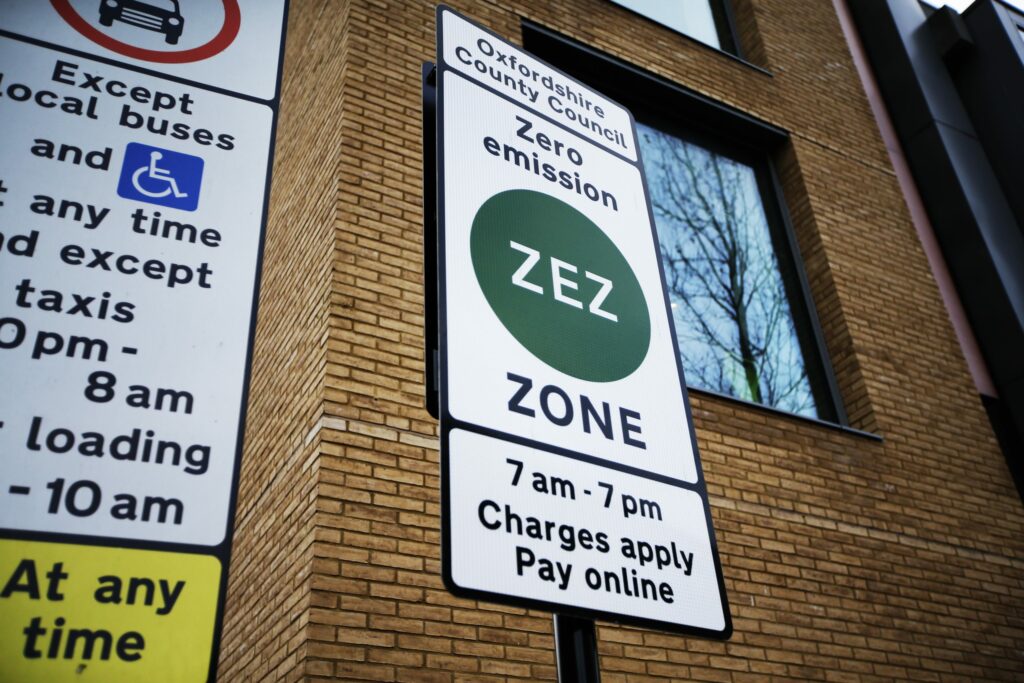
Carbon taxes, zero-emission zones, and financial incentives for EV purchases will further accelerate the shift to electric vehicles, ensuring that electric mobility becomes the standard in cities worldwide.
Major cities like London and Paris have already implemented low-emission zones, where only electric or low-emission vehicles are permitted, setting the stage for a global movement toward sustainable urban transportation.
Introduction to Upcoming EV Models
The electric vehicle revolution is not slowing down, and the next few years promise some of the most exciting innovations yet. Automakers are pushing the boundaries of performance, luxury, and technology with new models designed to capture the imagination of drivers worldwide.
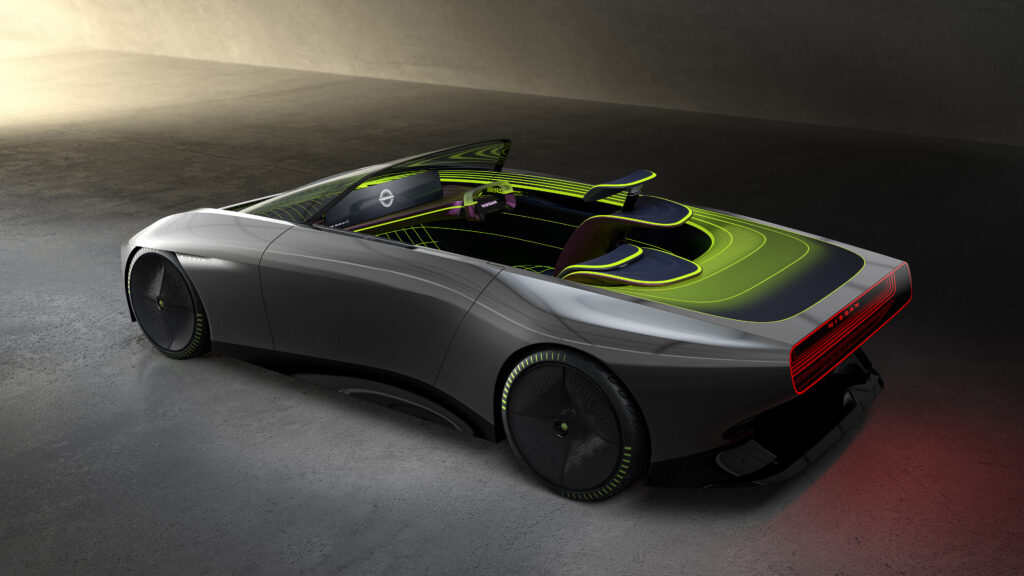
From supercars that redefine speed to rugged off-road vehicles and luxurious family SUVs, the upcoming EVs set to debut between 2025 and beyond will showcase the future of mobility. These vehicles represent the next wave of electric innovation, blending sustainability with cutting-edge design and performance.
Acura NSX EV
Expected to return as an all-electric supercar, the Acura NSX EV will continue the NSX legacy with a rumored 600 horsepower. Although details are scarce, Acura hinted at a third-generation electric NSX during Monterey Car Week.
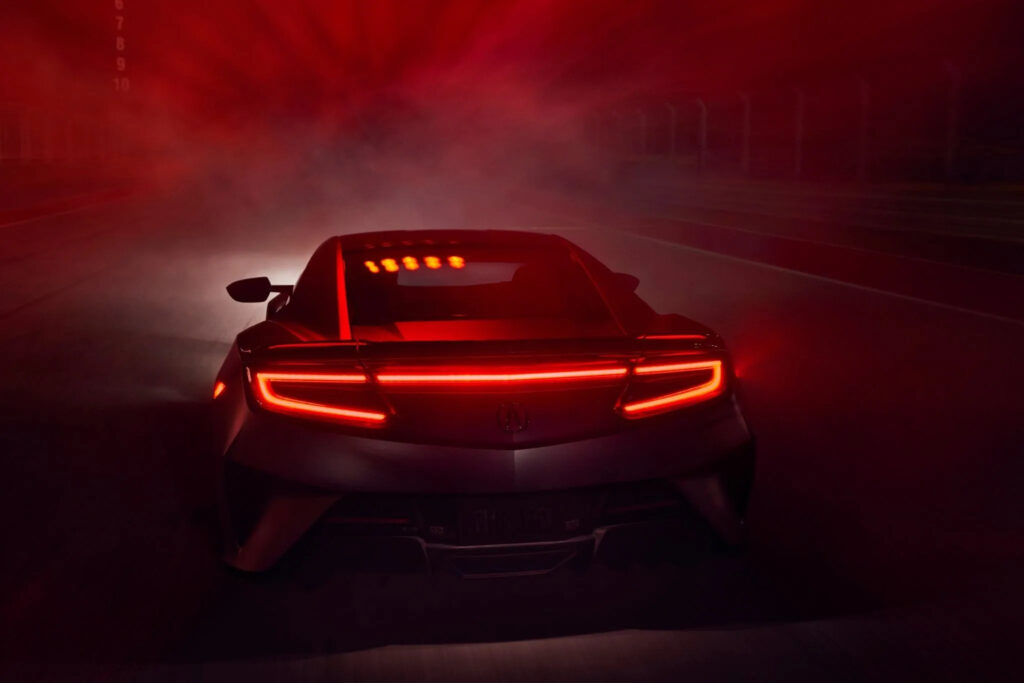
With its sleek design and high performance, this EV is poised to offer a thrilling driving experience, blending electric innovation with the iconic NSX spirit.
Alfa Romeo Giulia Quadrifoglio EV
Slated for 2025, the Alfa Romeo Giulia Quadrifoglio EV could deliver a staggering 1,000 horsepower. Riding on the STLA Large platform, this all-electric version of the Giulia will mark Alfa Romeo’s transition into the electric future, possibly offering a wagon variant.
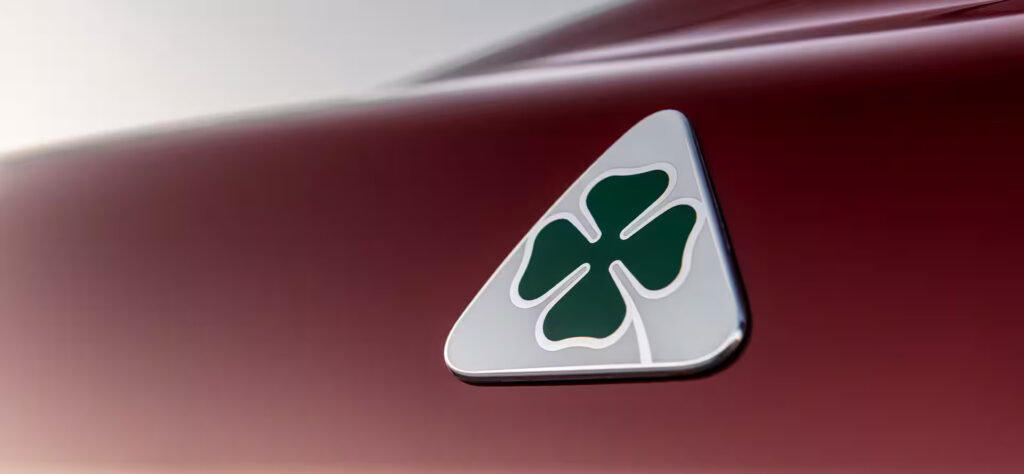
This sedan will showcase a mix of speed, power, and cutting-edge battery technology.
BMW Neue Klasse
BMW’s all-new Neue Klasse EVs, debuting in 2025, aim to set a new standard for range and performance. The Neue Klasse sedan and SUV will feature a groundbreaking 621-mile range and power options ranging from 268 to 1,341 horsepower.
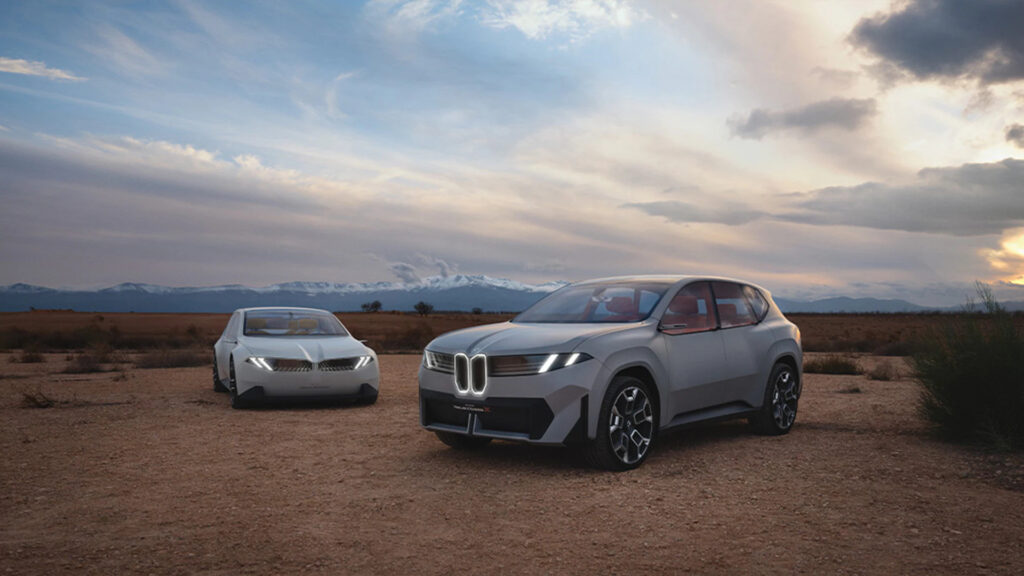
Leveraging an 800-volt architecture and ultra-fast charging, the Neue Klasse series is expected to redefine long-distance electric travel.
Tesla Roadster
The highly anticipated Tesla Roadster is set to deliver unparalleled performance when it arrives in 2025. With claims of a 0-60 mph sprint in under 1 second and a 620-mile range, this EV will revolutionize the supercar segment.
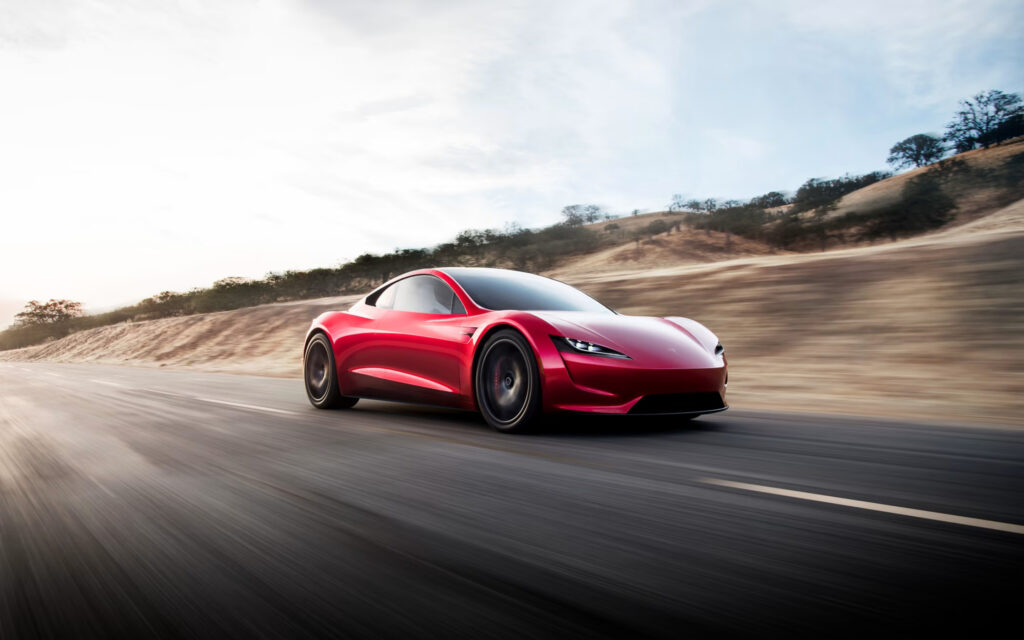
Tesla’s Roadster will combine extreme acceleration, long-range capabilities, and cutting-edge technology.
Ferrari Electric Supercar
Ferrari’s first electric supercar is expected in 2025, blending traditional Ferrari performance with cutting-edge electric technology.

While details remain limited, Ferrari promises that its electric vehicle will deliver a unique, emotional driving experience, highlighting Ferrari’s commitment to excellence even in the electric realm.
Cadillac Escalade iQ
The all-electric Cadillac Escalade iQ will bring electrification to Cadillac’s flagship SUV. Set to debut in 2024, it promises up to 750 horsepower and a 450-mile range.
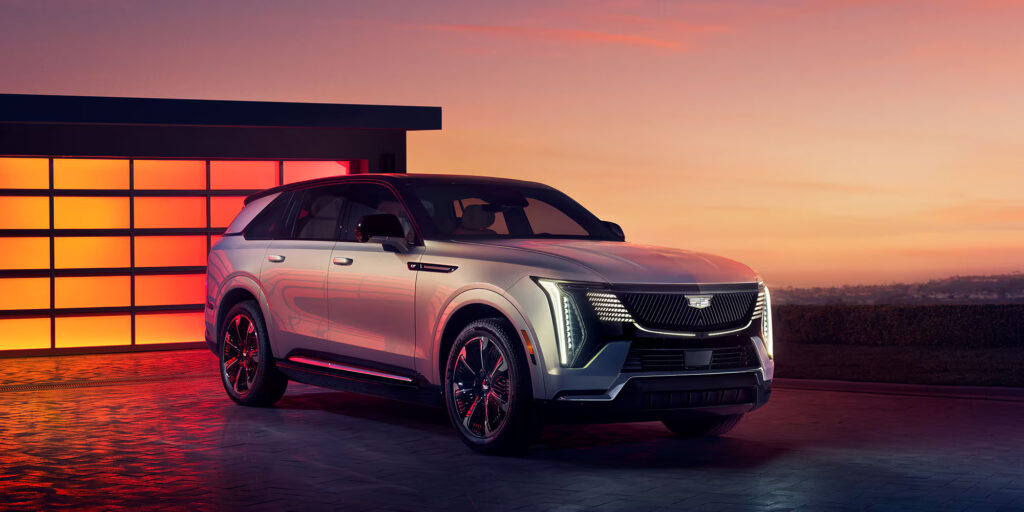
With advanced features and plenty of power, the Escalade iQ will offer luxury and performance, catering to the large SUV market with electric innovation.
Jeep Recon
Inspired by the iconic Wrangler, the fully electric Jeep Recon is expected to hit the market in 2025.
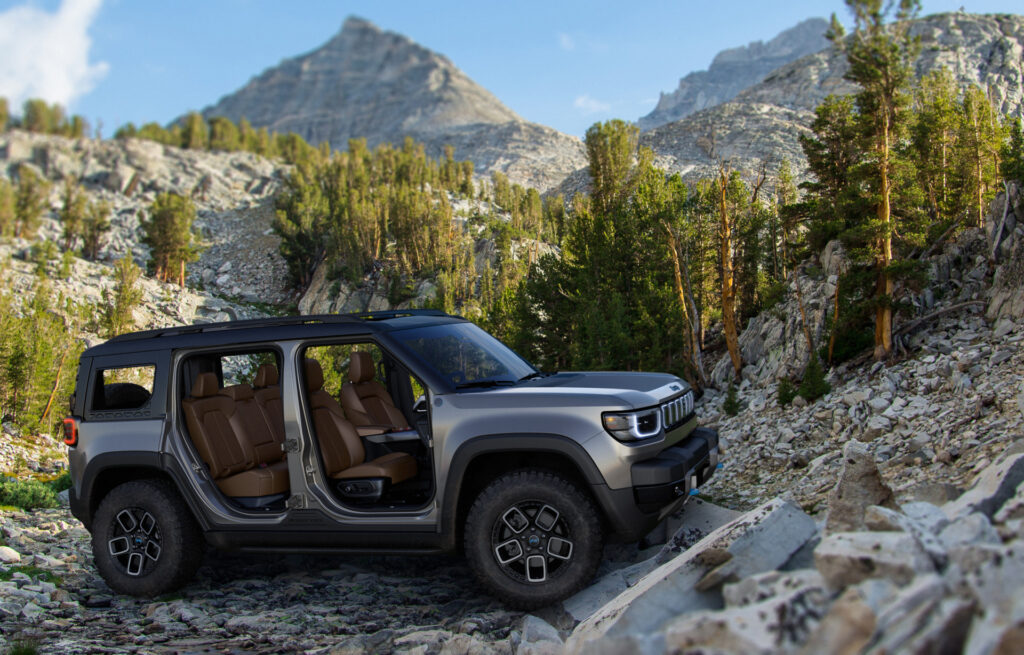
This rugged off-roader will offer off-road capabilities comparable to its gasoline-powered predecessor, with advanced electric powertrains and a boxy, durable design that’s ready for adventure.
Porsche 718 EV
Expected in 2025, the Porsche 718 EV will mark Porsche’s entry into the electric sports car segment.

While maintaining the driving dynamics Porsche is known for, the 718 EV will feature cutting-edge battery technology, offering enthusiasts an electrified take on Porsche’s iconic sports cars.
Ford Explorer EV
The Ford Explorer EV, launching in 2025, will be a family-friendly SUV offering an estimated 350 miles of range.
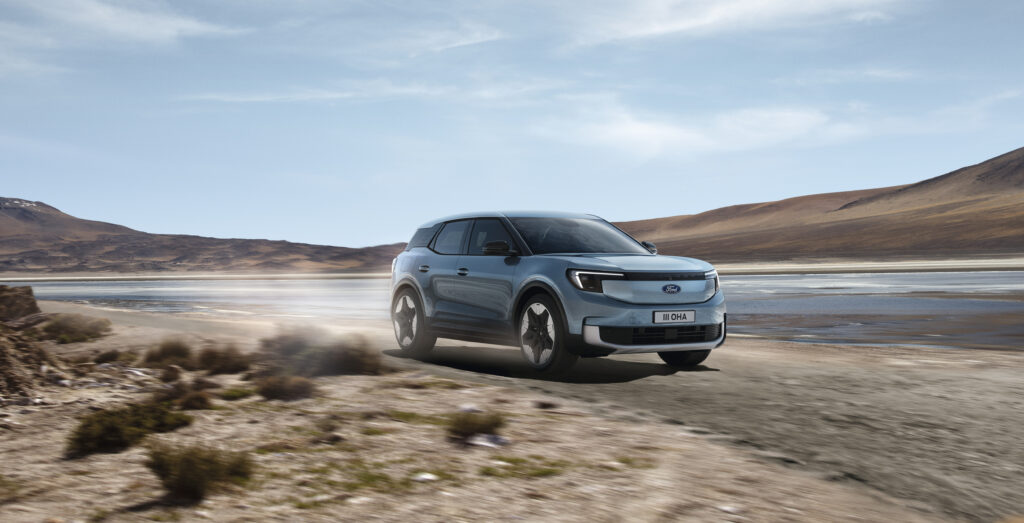
Designed for versatility and daily usability, this seven-seat SUV will include fast charging capabilities, allowing for a rapid 150 miles of range in just under 10 minutes of charging.
Lamborghini Lanzador
The Lamborghini Lanzador, slated for 2025, promises an exhilarating 1,341 horsepower, representing the brand’s foray into high-performance electric vehicles.
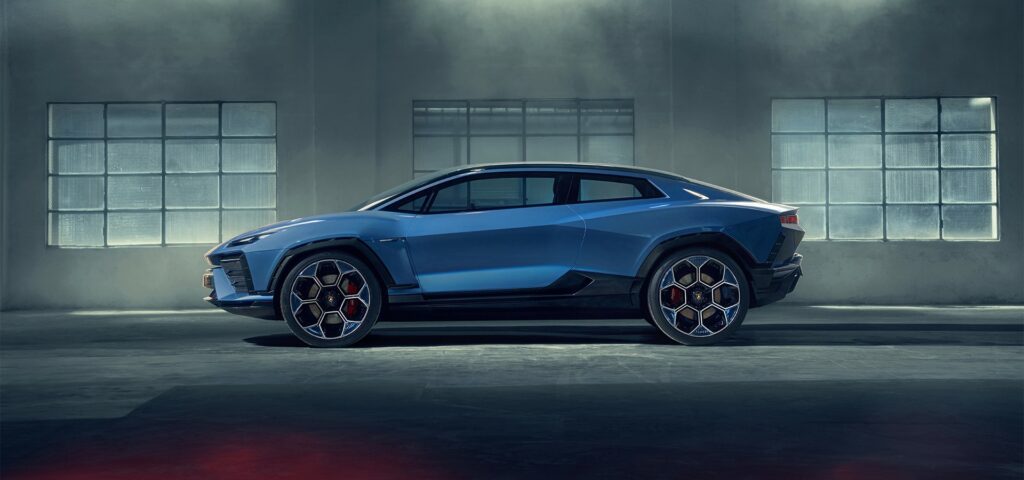
With its unique two-door, 2+2 design, the Lanzador is poised to offer thrilling performance while staying true to Lamborghini’s legacy of pushing the limits of speed and design.
Conclusion: A Future Powered by Electric Vehicles
The future of electric vehicles is undeniably bright. What began as a niche market has transformed into a global movement that is reshaping the automotive industry, reducing emissions, and paving the way for a cleaner, more sustainable world.
Beyond 2030, electric vehicles will dominate personal and commercial transportation, supported by major breakthroughs in battery technology, charging infrastructure, and the rise of autonomous fleets.
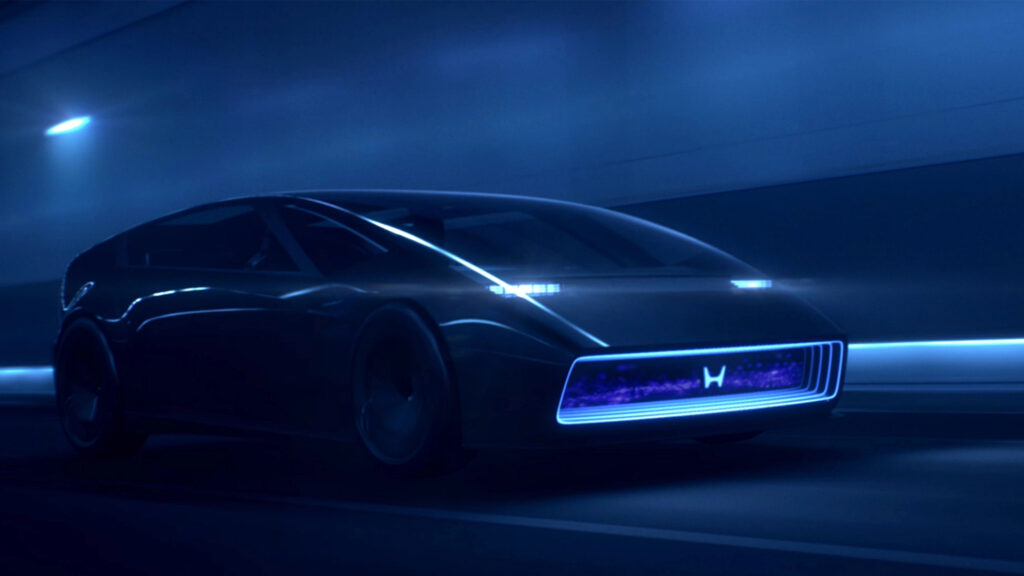
With the upcoming wave of innovative EV models, from the sleek and powerful Tesla Roadster to the rugged Jeep Recon, the electric vehicle landscape will continue to expand, offering options for every type of consumer.
These advances, combined with the global shift toward renewable energy, smart grids, and government policies phasing out internal combustion engines, will ensure that electric vehicles become the dominant form of transportation.
While challenges remain, particularly around sustainability and supply chains, the road ahead is filled with promise. As electric vehicles continue to evolve, they are set to redefine mobility, transforming how we travel, work, and live for generations to come.

